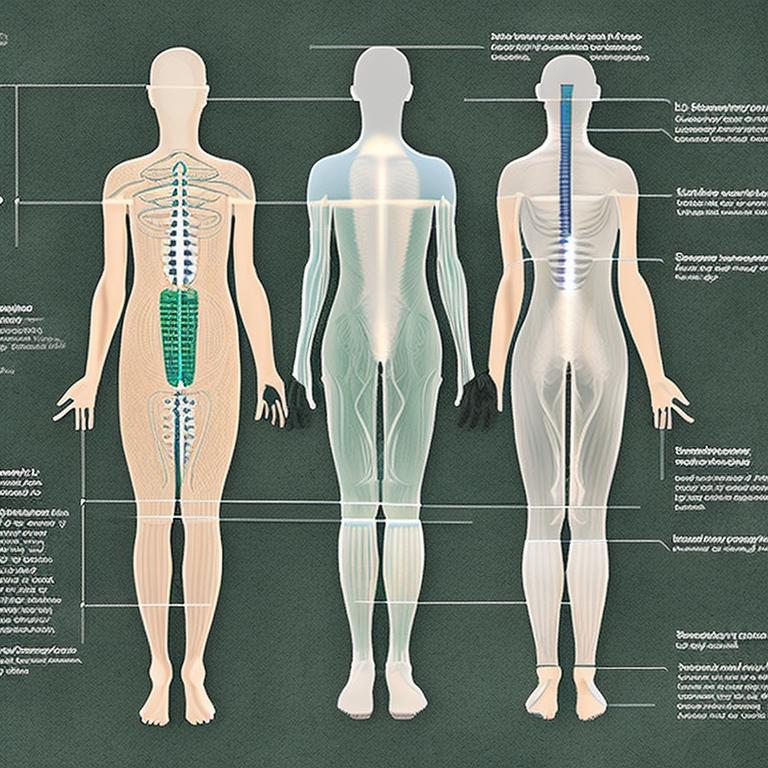Understanding the Lymphatic System and Lymphedema
The lymphatic system plays a crucial role in maintaining the body's fluid balance and immune function. It is a network of vessels and organs that help rid the body of toxins, waste, and other unwanted materials. Lymph, a clear fluid that flows through the lymphatic vessels, carries white blood cells and proteins that help fight infection and disease. When the lymphatic system is not functioning properly, it can lead to a condition called lymphedema. Lymphedema is a chronic condition characterized by swelling in the arms or legs due to a blockage in the lymphatic system. This swelling can be uncomfortable and even painful, affecting the quality of life for those who suffer from it. It is essential to understand the causes and symptoms of lymphedema to effectively manage and treat the condition. There are primary and secondary causes of lymphedema. Primary lymphedema is often due to genetic factors that affect the development of the lymphatic system. Secondary lymphedema, on the other hand, can be caused by surgery, radiation therapy, infection, or trauma that damages the lymphatic vessels. Understanding the underlying cause of lymphedema is crucial in determining the appropriate treatment approach. Common symptoms of lymphedema include swelling, a feeling of heaviness or tightness in the affected limb, decreased flexibility, and recurrent infections. It is essential to seek medical advice if you experience any of these symptoms to prevent the condition from worsening. Early detection and intervention can significantly improve the prognosis for individuals with lymphedema. Managing lymphedema often involves a combination of therapies, including manual lymphatic drainage, compression therapy, exercise, and skin care. Manual lymphatic drainage is a specialized massage technique that helps stimulate the lymphatic vessels to improve lymph flow and reduce swelling. This gentle, rhythmic massage can be performed by a trained therapist and is a cornerstone of lymphedema management. In addition to manual lymphatic drainage, compression therapy is essential for managing lymphedema. Compression garments or bandages help maintain the reduction of swelling achieved through manual lymphatic drainage and promote ongoing lymph flow. These garments should be worn consistently to prevent fluid buildup in the affected limb. Exercise is another crucial component of lymphedema management. Regular physical activity helps improve circulation, reduce swelling, and maintain flexibility in the affected limb. Low-impact exercises such as walking, swimming, and yoga are beneficial for individuals with lymphedema. It is essential to consult with a healthcare professional before starting any exercise program to ensure it is safe and appropriate for your condition. Skin care is also vital for individuals with lymphedema to prevent infections and skin breakdown. Keeping the skin clean, moisturized, and protected from cuts and abrasions is essential to reduce the risk of complications. Avoiding extreme temperatures, tight clothing, and harsh chemicals can help maintain the health of the skin and prevent exacerbation of lymphedema symptoms. In conclusion, understanding the lymphatic system and lymphedema is essential for individuals seeking to improve circulation in the legs and manage swelling effectively. By incorporating manual lymphatic drainage, compression therapy, exercise, and proper skin care into a comprehensive treatment plan, individuals with lymphedema can experience improved quality of life and reduced symptoms. Early intervention and consistent management are key to successfully managing lymphedema and preventing complications.
